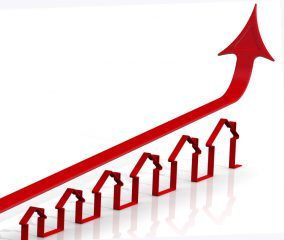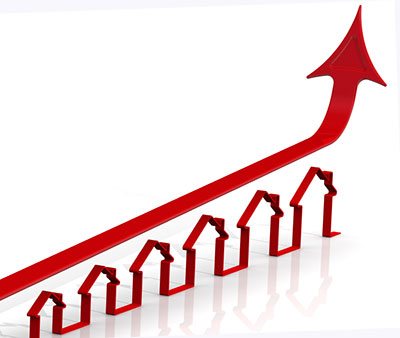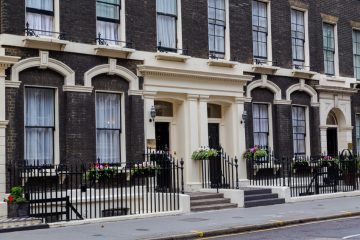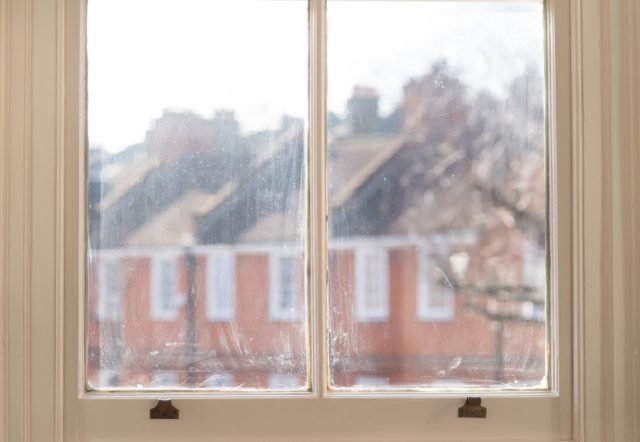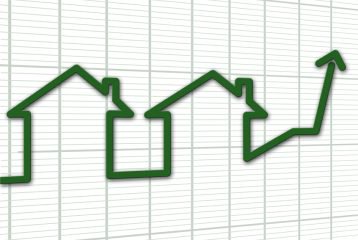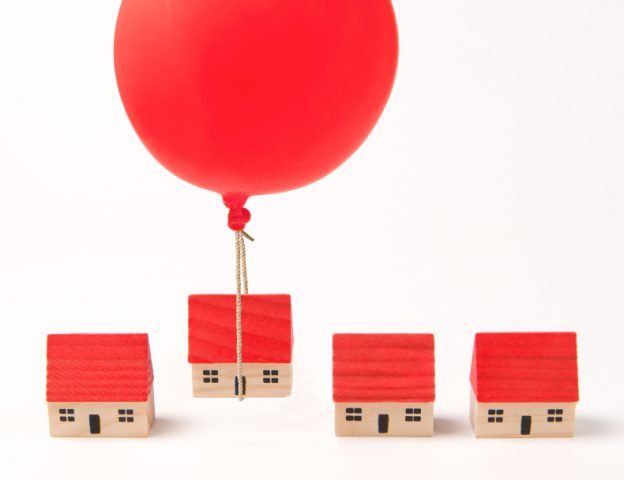Where are the most and least affordable locations in the UK?
A new report from Lloyds Bank has indicated that the ratio between average city house prices and typical earnings is at its poorest level since 2008.
The data shows that during the past five years, the average UK city house price has increased by 32%, from £169,966 in 2012 to the greatest ever value of £224,926 this year.
In comparison, average yearly city earnings have increased by just 7% to £32,796 over the same period. As a result, average affordability in the cities of the UK has worsened.
Ratios
House prices have risen as a multiple of average annual earnings from 5.5 in 2012, to 6.9 in 2017. This is the worse level since 2008, where the ratio of house prices to earnings stood at 7.2.
The UK’s least affordable city was Oxford, where the average house price is £358,372, nearly 11 times the level of annual average earnings in the city.
In all, there are five cities with typical house prices over ten times the average annual earnings. Alongside Oxford, these are Greater London (10.5), Winchester, (10.5), Cambridge )10.3) and Chichester (10.0). However, the average figure for London disguises variations in the capital, with boroughs much less affordable in the centre as opposed to the Greater London average.
What’s more, there is a prominent North/South divide. Only Lichfield (8.3), York (7.6) and Leicester (7.6) were cities outside of the South to make the top 20 least affordable locations.

Where are the most and least affordable locations in the UK?
Most Affordable
On the other hand, Stirling in Scotland was found to be the most affordable studio. Here, the average property price is 3.7 times average gross annual earnings. Londonderry in Northern Ireland came in second.
Two other Northern Irish cities, Belfast (4.6) and Lisburn (4.8) are placed in fourth and sixth respectively.
Andy Mason, Lloyds Bank Mortgage Products Director, said: ‘City living is becoming increasingly expensive with average house price at least ten times average annual earnings in five of the UK’s cities. Affordability levels have worsened for four consecutive years as average city house prices continue to rise more steeply than average wage growth.’[1]
‘House prices in the south have generally seen stronger growth than in the north. St Albans has recorded the biggest gains over the past decade, whilst London has been the top performer during the recovery,’ he added.[1]
[1] http://www.propertyreporter.co.uk/property/uks-least-affordable-city-revealed-in-new-report.html
